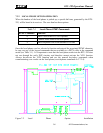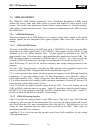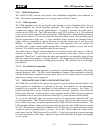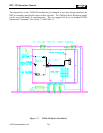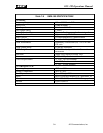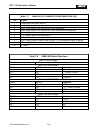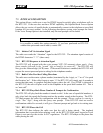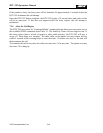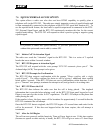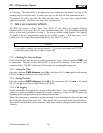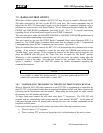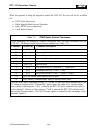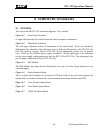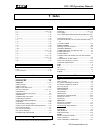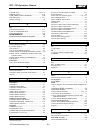
RTU-292 Operations Manual
7.6 SQUELCH BREAK ACCESS OPTION
This option allows a radio user who does not have DTMF capability to quickly place a
telephone call via the RTU-292. The radio user simply transmits a series of squelch breaks and
is then automatically connected to the telephone at the RTU-292 speed dial location #01. To
use the squelch break feature, the local radio’s squelch output must be connected to the RTU-
292 /External Signal Input, and the RTU-292 continuously monitors this line for the correct
squelch break timing. The RTU-292 will respond to either a positive going or negative-going
squelch signal.
NOTE
It is possible to enable this option remotely. If you have purchased an RTU-292
without this option and want to add it, contact JPS.
7.6.1 Initiate Call Via Attention Signal
The radio user sends the “Attention” signal to the RTU-292. This is a series of 3 squelch
breaks that occur within 4 seconds window.
7.6.2 RTU-292 Response to Attention Signal
The RTU-292 will respond with the voice prompt “RTU-292 automatic phone patch”. The
Acknowledge (ACK) Tone prompt is also given.
7.6.3 RTU-292 Prompts for Confirmation
The RTU-292 then requests confirmation with the prompt "Please confirm with a single
squelch break”. The caller confirms his desire to call by giving 1 additional short squelch
break within 5 seconds. If the RTU-292 does not receive confirmation within that time, it will
give a "Timeout" tone prompt, terminate the attempt to call, and go back to its waiting state.
7.6.4 RTU-292 Places the Call
The RTU-292 then informs the radio user that the call is being placed. The ringback
information that is provided when placing a call via the RTU-292 front panel keypad or Local
Phone is not sent over the air due to FCC regulations. The RTU-292 adapts to the phone line
while placing the call.
If the number is busy, the busy tones will be broadcast for approximately 5 seconds before the
RTU-292 terminates the call attempt.
Once the RTU-292 detects ringback, the RTU-292 begins a 30 second timer and waits for the
call to be answered. If this does not happen before the timer expires, the call attempt is
terminated.
7.6.5 After the Call Begins
The call can now proceed, and the Inactivity Timer will now begin to run. If this time expires
(because no speech or other activity is heard), the RTU-292 will give a series of 3 short beeps
JPS Communications, Inc.
7-13



